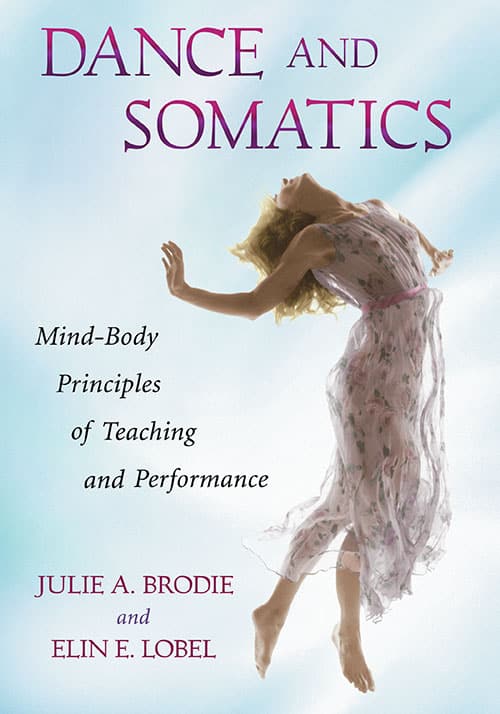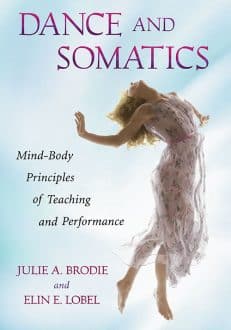Dance and Somatics
Mind-Body Principles of Teaching and Performance
$29.95
In stock
About the Book
Training in somatic techniques—holistic body-centered movement that promotes awareness and well-being—provides an effective means of improving dance students’ efficiency and ease of movement. However, dance educators do not always have the resources to incorporate this knowledge into their classes. This volume explains the importance of somatics, introduces fundamental somatic principles that are central to the dance technique class, and offers tips on incorporating these principles into a dance curriculum. The authors demystify somatic thinking by explaining the processes in terms of current scientific research. By presenting both a philosophical approach to teaching as well as practical instruction tools, this work provides a valuable guide to somatics for dance teachers of any style or level. Instructors considering this book for use in a course may request an examination copy here.
About the Author(s)
Bibliographic Details
Julie A. Brodie and Elin E. Lobel
Format: softcover (7 x 10)
Pages: 235
Bibliographic Info: 96 photos, bibliography, index
Copyright Date: 2012
pISBN: 978-0-7864-5880-6
eISBN: 978-0-7864-8958-9
Imprint: McFarland
Table of Contents
Acknowledgments vi
Preface: Somatics in Dance 1
Introduction: The Fundamental Somatic Principles 5
1. Pedagogy: Strategies for Teaching and Learning Based on Somatic Principles 17
2. Breath: Bridging the Conscious and the Unconscious 39
3. Kinesthesia: The Sixth Sense for Dancers 61
4. More Than Just a Mirror Image: The Visual System and Its Relationship to Other Modes of Sensing and Learning 82
5. Connectivity to Self, the Environment and Others 100
6. Intention and Initiation in Movement 128
7. Developing a Practice of One’s Own 151
8. Specific Applications to Technique 176
Conclusion 209
A Selection of Suggested Resources 217
References 220
Index 225
Book Reviews & Awards
- “An excellent resource…highly recommended”—Choice
- “Presents ways dance educators can incorporate information from somatic practices into their teaching of technique and why this is important for improving dance efficiency and ease of movement”—Reference & Research Book News





